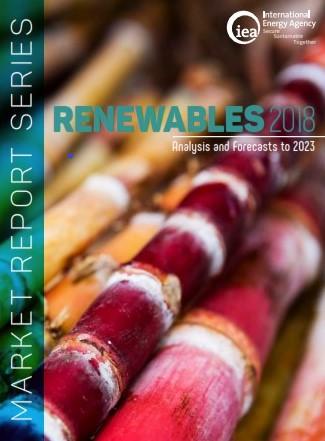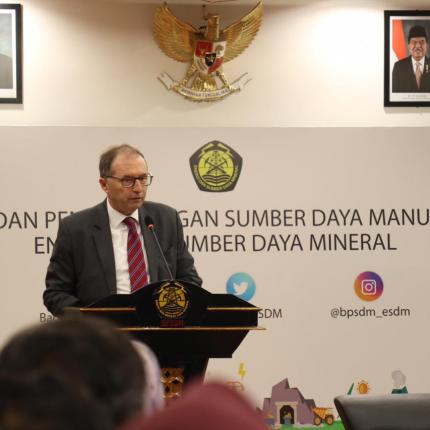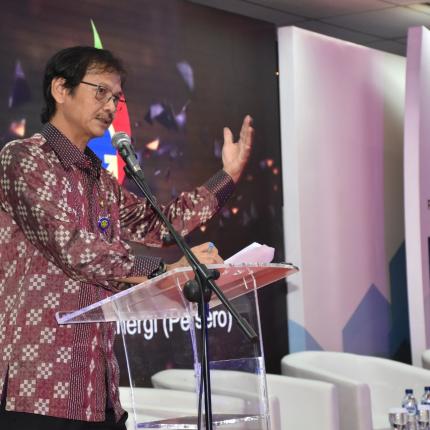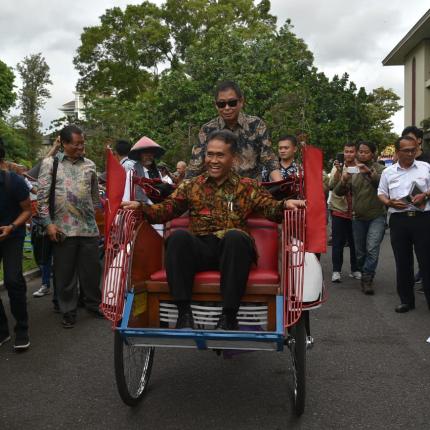Renewables 2018 : Analysis and Forecasts to 2023

FOREWORD
The progress of renewables in the electricity sector is an instructive – and, by now, well known – success story that demonstrates the positive impact of government policies on technology development, deployment, and cost reduction. Wind and solar photovoltaic technologies are becoming increasingly competitive with coal and natural gas-based electricity generation in a growing number of countries.
This success should not, however, obscure the fact that the electricity sector accounts for less than 20% of global energy consumption. The contribution of renewables in heat and transport, which together account for the bulk of global energy demand, remains much lower than in the power sector. Indeed, their role in heat and transport is often overlooked even though decarbonising these sectors is a key priority to achieve our long-term climate and sustainability goals.
The International Energy Agency (IEA) is shining a light on some of the “blind spots” of our energy system – issues that are of crucial importance but that generally receive less attention, such as the soaring demand for electricity for air conditioning and the impact of rising petrochemical demand on oil markets.
This is also the case for modern bioenergy, which is a special focus of this Renewables 2018 report. Today, modern bioenergy consumption to produce electricity, industrial heat, and transport biofuels is equal to all other renewables combined, including hydropower, wind, and solar energy. Yet the role of modern bioenergy in decarbonising the global energy system is not widely recognised, nor does it receive the attention it deserves.
Our report reveals that bioenergy leads growth in the use of renewables in the global energy mix over the forecast period of 2018-23. In 2023, Bioenergy remains the largest source of renewable energy owing to its widespread use in heat and transport, sectors in which other renewables currently make a far smaller contribution.
Nevertheless, to deliver beneficial outcomes, modern bioenergy expansion must adhere to rigorous sustainability guidelines. Only bioenergy that reduces lifecycle greenhouse gas (GHG) emissions while avoiding unacceptable social, environmental, and economic impacts has a future role in a sustainable energy system. Policy makers therefore need to introduce and implement robust and transparent sustainability frameworks and regulations to govern bioenergy supply and use. The IEA believes this can – and must – happen by building on the successful policy frameworks already in place.
Assuming strong sustainability measures are in force, this report identifies additional untapped potential for bioenergy to “green” the industry and transport sectors. A significant proportion of this potential relies on exploiting biomass waste and residue resources that offer low lifecycle GHG emissions and mitigate land-use change concerns while delivering waste management and air quality benefits.
Reaching the full potential of modern bioenergy would complement the success already achieved for wind and solar technologies. Modern bioenergy can significantly strengthen the renewables portfolio and – most importantly – aid the establishment of a more sustainable and secure energy system, something the world very much needs.
Dr. Fatih Birol
Executive Director
International Energy Agency





